Intro
Discover the 4 stages of labor, from early labor to postpartum, understanding contractions, dilation, and delivery, to navigate childbirth with confidence and preparedness.
The process of labor is a complex and highly individualized experience for every woman. It's a time of significant physical and emotional change, marking the transition from pregnancy to parenthood. Understanding the stages of labor can help expectant mothers feel more prepared and in control as they approach this life-changing event. Labor is typically divided into four distinct stages, each characterized by specific physical and emotional milestones.
As women approach labor, they often have many questions and concerns about what to expect. The unknown can be daunting, but having a clear understanding of the labor process can alleviate some of the anxiety associated with this significant life event. Each stage of labor serves a unique purpose in the birthing process, from the onset of contractions to the delivery of the placenta. By grasping the progression of labor, women can better navigate their own experiences, making informed decisions about their care and the care of their newborn.
The journey through labor is not just about the physical act of childbirth; it's also an emotional and psychological journey. Support from healthcare providers, partners, and family members plays a crucial role in helping women cope with the challenges of labor. Moreover, understanding the different stages can help in recognizing when medical intervention may be necessary, ensuring the health and safety of both the mother and the baby. Whether a woman is having her first child or her fifth, each labor experience is unique, influenced by factors such as the baby's position, the mother's overall health, and the presence of any complications.
Introduction to the Stages of Labor
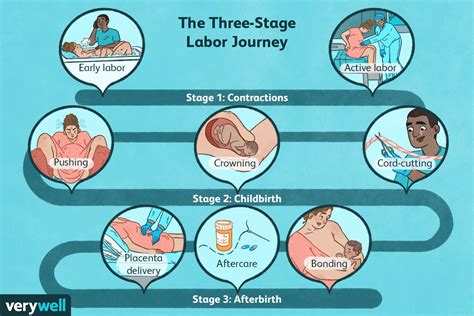
The stages of labor are a well-defined progression that outlines the process from the beginning of labor to the delivery of the placenta. This progression is crucial for healthcare providers to assess the labor's advancement and make necessary interventions to ensure a safe delivery. The first stage of labor is the longest and is divided into three phases: early labor, active labor, and the transition phase. Each phase is marked by distinct physical sensations and milestones, such as the dilation of the cervix and the descent of the baby into the birth canal.
First Stage of Labor
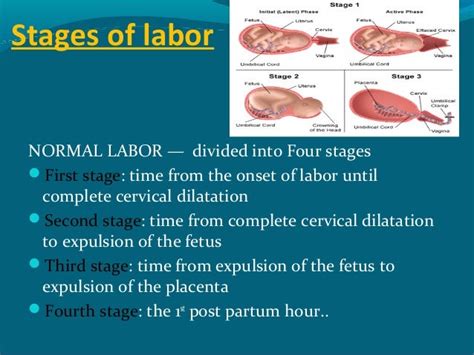
The first stage of labor is characterized by the onset of contractions that lead to the dilation and effacement of the cervix. It's the longest stage of labor and can last anywhere from 12 to 24 hours for first-time mothers, though it's typically shorter for subsequent births. This stage is further divided into the early labor phase, active labor phase, and the transition phase. Early labor is often the least intense, with contractions becoming more frequent and stronger as labor progresses into the active phase. The transition phase is usually the most intense, with contractions coming closer together and lasting longer, signaling that the woman is nearing the end of the first stage.
Phases of the First Stage
The phases within the first stage of labor each present unique challenges and milestones: - **Early Labor:** This is the beginning of the labor process, where contractions start to become more regular. It's a time when many women are still at home, trying to rest and stay hydrated. - **Active Labor:** Contractions become stronger and closer together, leading to more rapid dilation of the cervix. This phase often requires more focused breathing and coping techniques. - **Transition:** The final phase of the first stage, characterized by very intense contractions. Women often feel the urge to push, but should wait until the healthcare provider confirms that the cervix is fully dilated.Second Stage of Labor
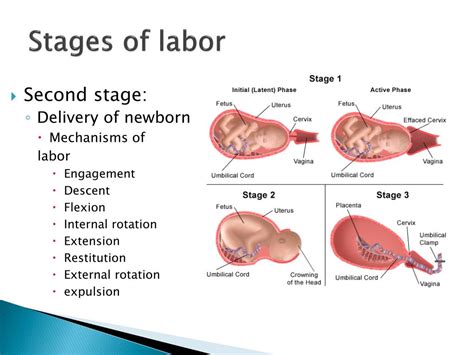
The second stage of labor begins when the cervix is fully dilated (10 cm) and ends with the birth of the baby. This stage is also known as the pushing stage. The urge to push is usually strong, and with each contraction, the woman pushes to help move the baby down the birth canal. The second stage can last anywhere from a few minutes to a couple of hours, depending on whether the woman has given birth before and the position of the baby.
Pushing Techniques
Effective pushing techniques can make a significant difference in the duration and ease of the second stage: - **Directed Pushing:** The healthcare provider directs the woman when to push and for how long, often based on the contraction pattern. - **Spontaneous Pushing:** The woman pushes according to her own urge, without direction, which can be more intuitive and comfortable for some.Third Stage of Labor
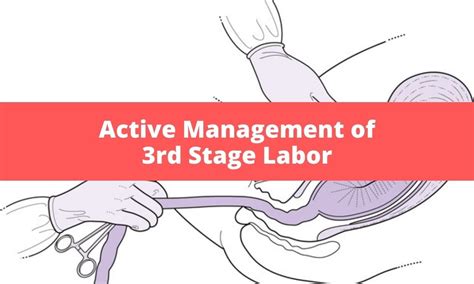
The third stage of labor involves the delivery of the placenta, which usually occurs within 5 to 30 minutes after the baby is born. This stage is crucial for preventing excessive bleeding and ensuring that all placental tissue is expelled. The healthcare provider may administer a small injection to help the uterus contract and reduce bleeding. Women may feel mild contractions as the placenta separates and is delivered.
Placenta Delivery
The delivery of the placenta is an important step: - **Active Management:** The use of uterotonic drugs to help the uterus contract and control bleeding, along with controlled cord traction to deliver the placenta. - **Physiological Management:** A more hands-off approach, where the placenta is allowed to deliver spontaneously without intervention, unless there's excessive bleeding.Fourth Stage of Labor
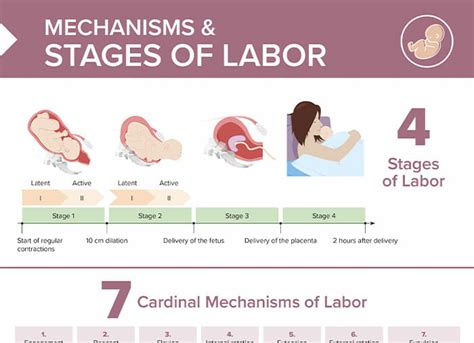
The fourth stage of labor, also known as the postpartum stage, lasts about 1 to 3 hours after delivery. It's a critical period for monitoring the mother's health, particularly for signs of hemorrhage or other complications. The uterus contracts back to its pre-pregnancy size, and any tears or incisions are repaired. This stage is also a special time for the new mother to bond with her baby, through skin-to-skin contact and the initiation of breastfeeding.
Postpartum Care
Proper postpartum care is essential for recovery: - **Monitoring:** Regular checks for bleeding, blood pressure, and uterine tone. - **Pain Management:** Addressing any discomfort or pain from stitches or after-pains (contractions that help the uterus shrink). - **Emotional Support:** Encouraging bonding and addressing any emotional or psychological needs.Conclusion and Next Steps
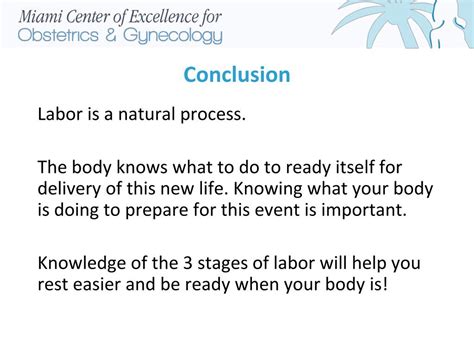
Understanding the stages of labor can empower women to take an active role in their birthing experience. Whether they choose a hospital birth, a birth center, or a home birth, knowledge of what to expect can reduce anxiety and increase satisfaction. Each stage of labor presents its own challenges and opportunities for intervention, and being informed allows women to make the best decisions for themselves and their babies.
As readers conclude this comprehensive overview of the stages of labor, they are invited to share their thoughts, questions, or personal experiences in the comments section. This article aims to not only educate but also to foster a community of support and understanding among expectant mothers and those who have already navigated the journey of labor. By engaging with this content and with each other, readers can gain a deeper understanding of the labor process and feel more connected to others who are going through similar experiences.
What are the signs that labor is starting?
+The signs that labor is starting can include regular contractions, a bloody show (a small amount of blood or brownish discharge), and the rupture of membranes (when the water breaks). However, these signs can vary from woman to woman.
How long does each stage of labor typically last?
+The duration of each stage of labor can vary significantly. The first stage, for example, can last from 12 to 24 hours for first-time mothers, while the second stage can last anywhere from a few minutes to a couple of hours. The third and fourth stages are generally much shorter.
What are some effective coping mechanisms during labor?
+Effective coping mechanisms can include breathing techniques, massage, hydrotherapy (such as a warm bath or shower), and positional changes to help manage pain and discomfort. Support from partners, family, or a doula can also play a significant role in emotional and physical comfort during labor.
